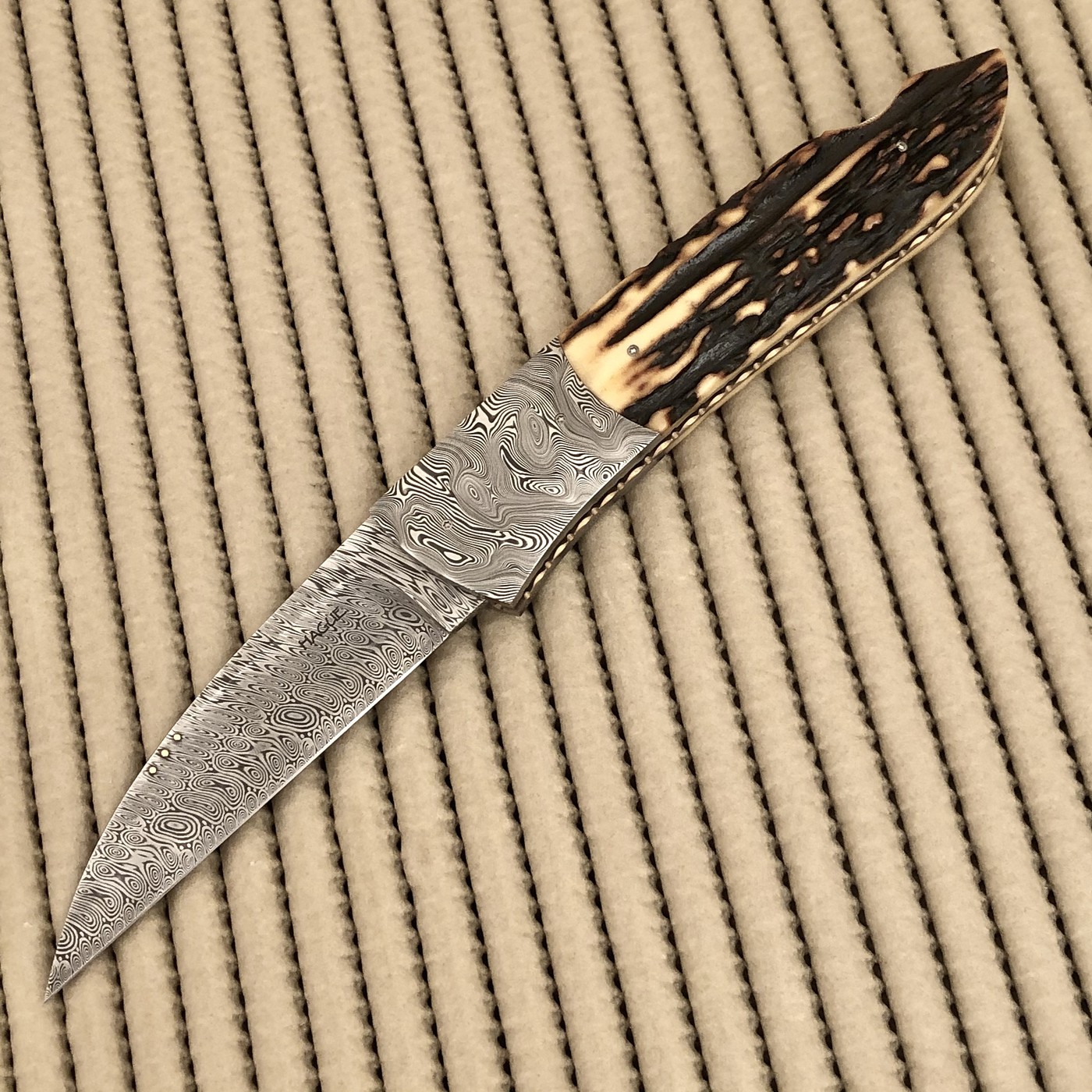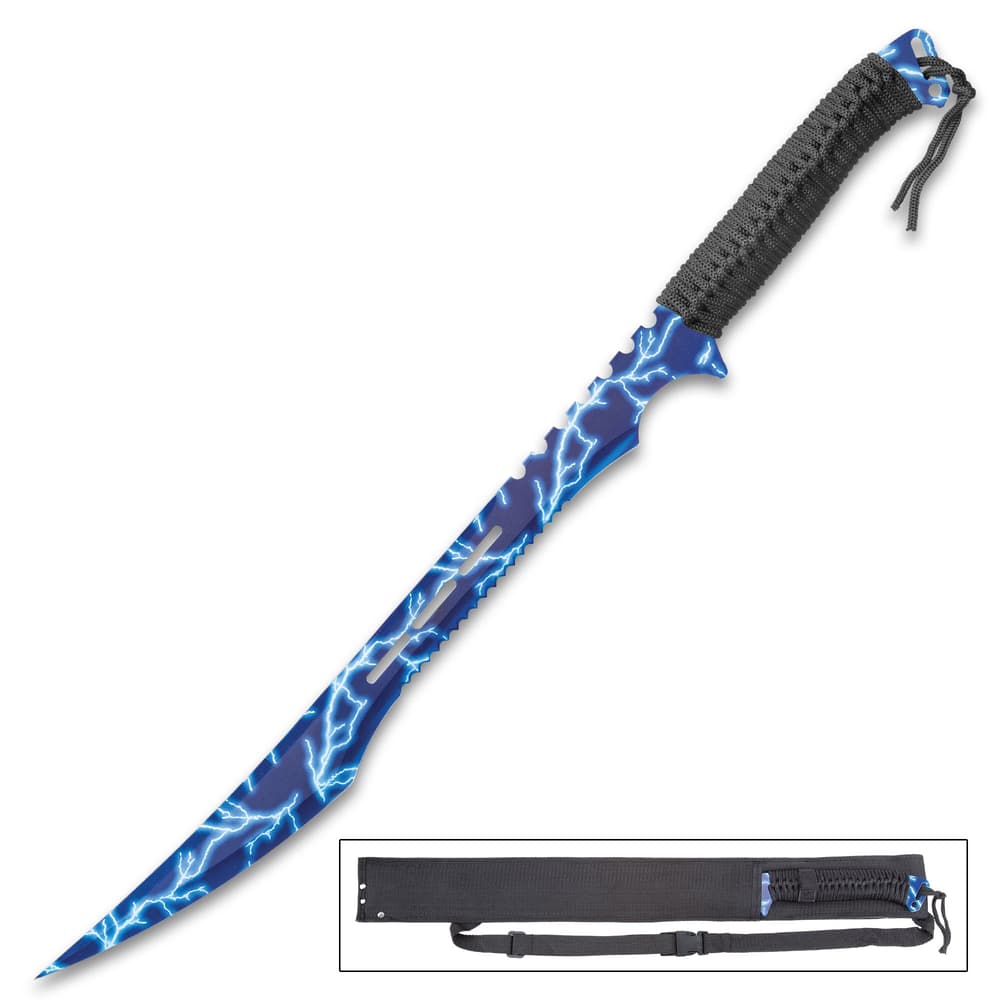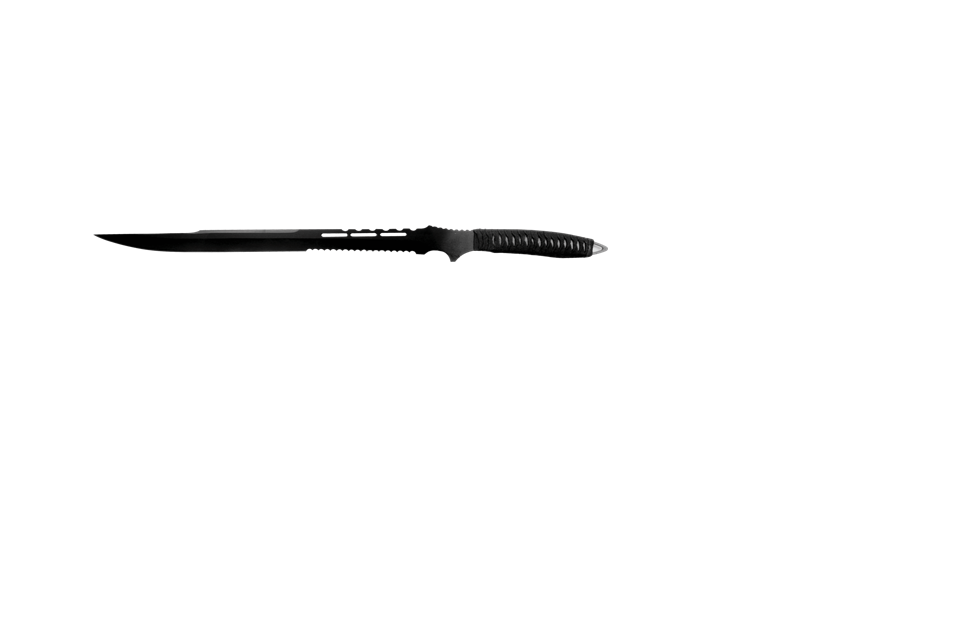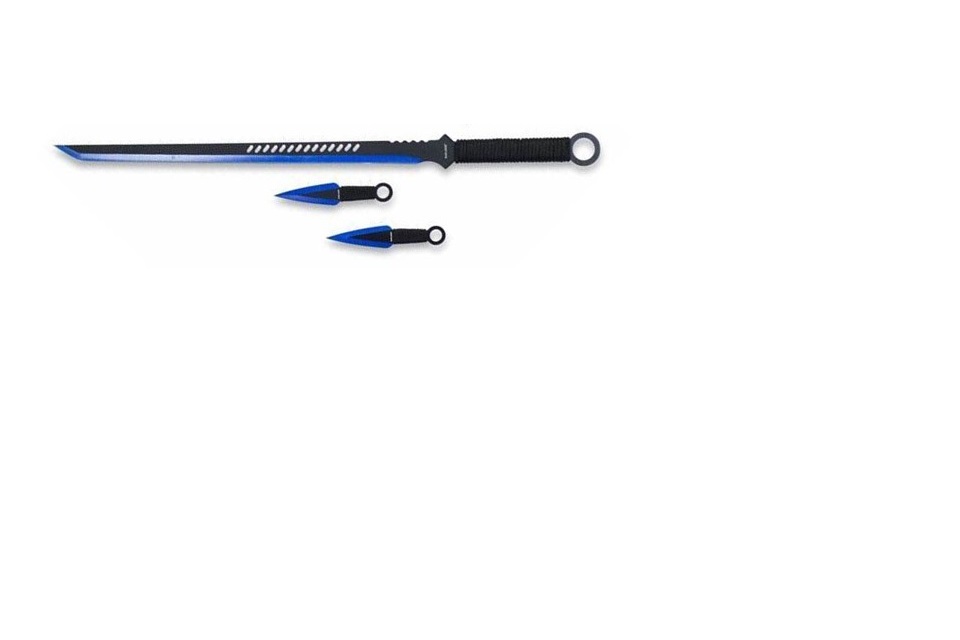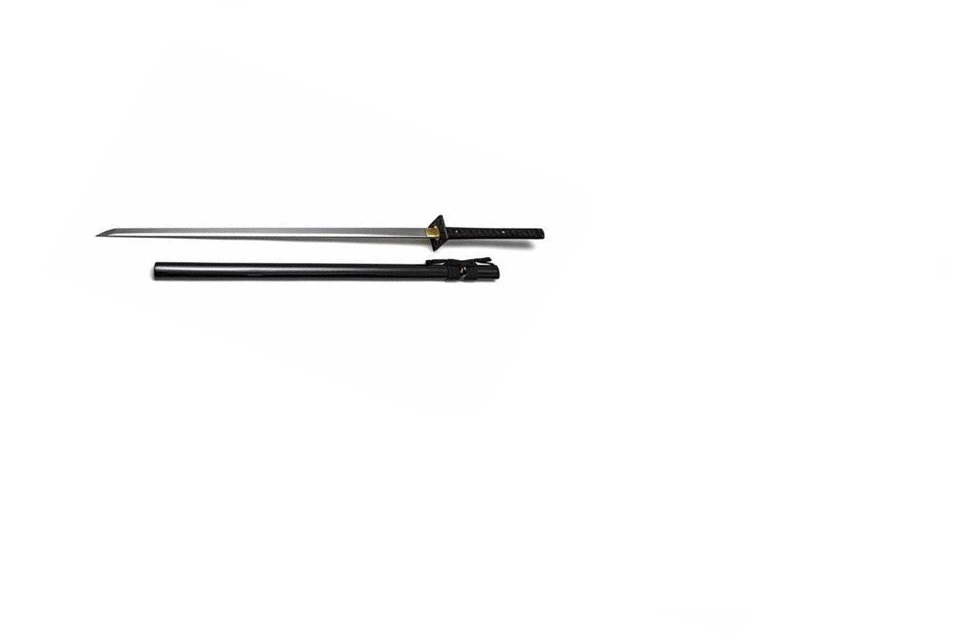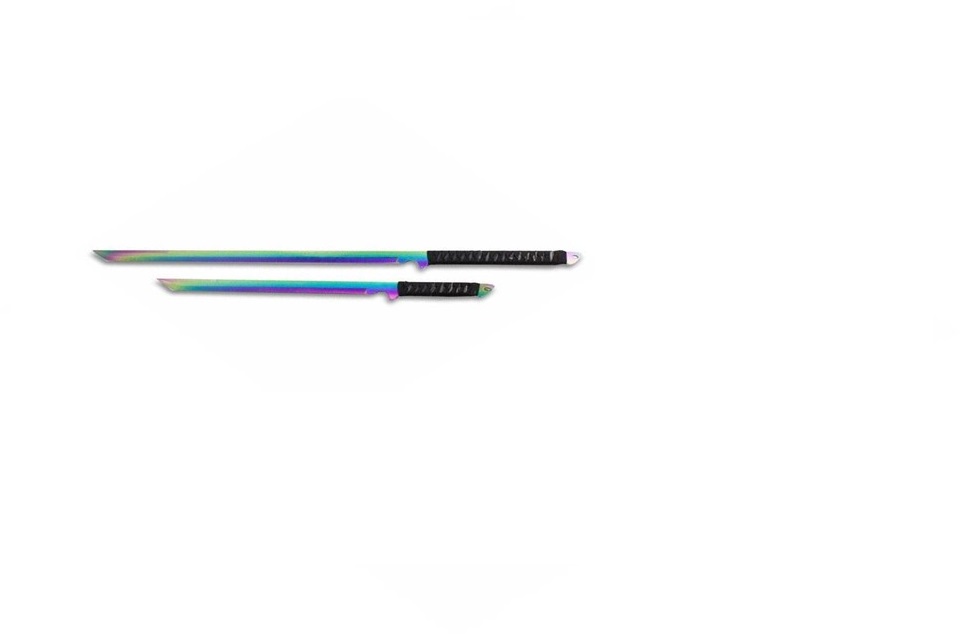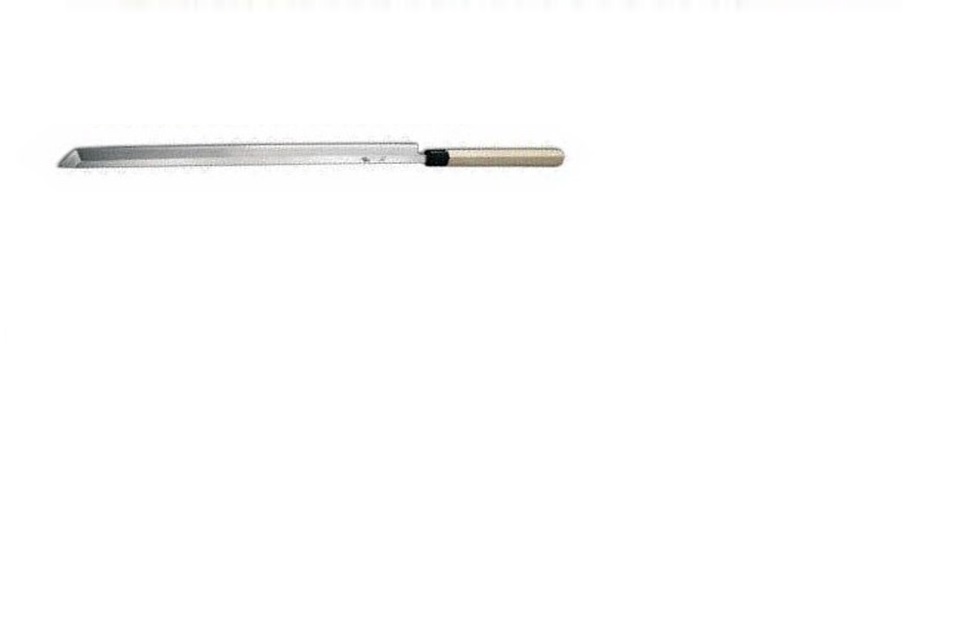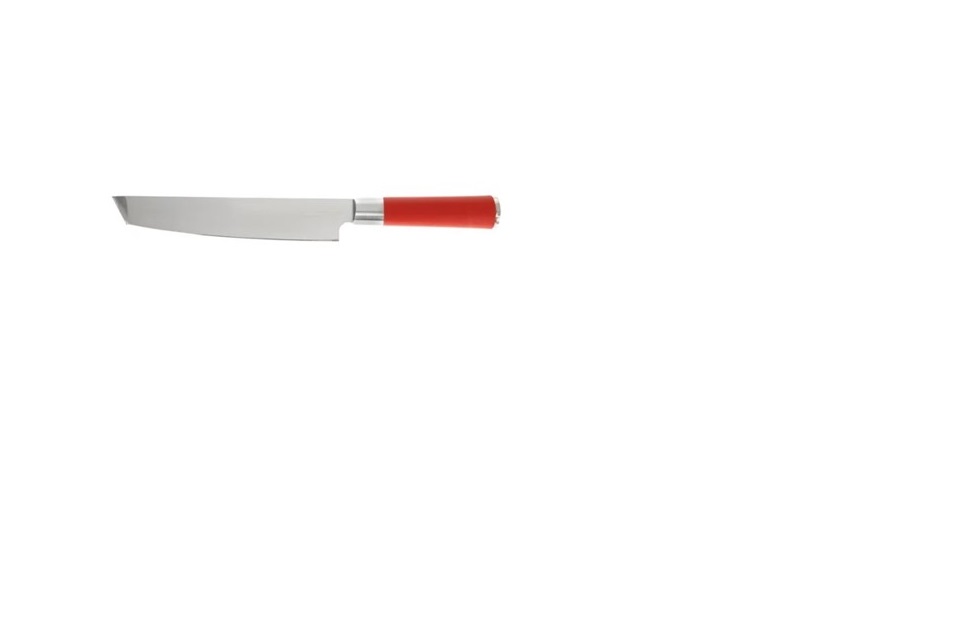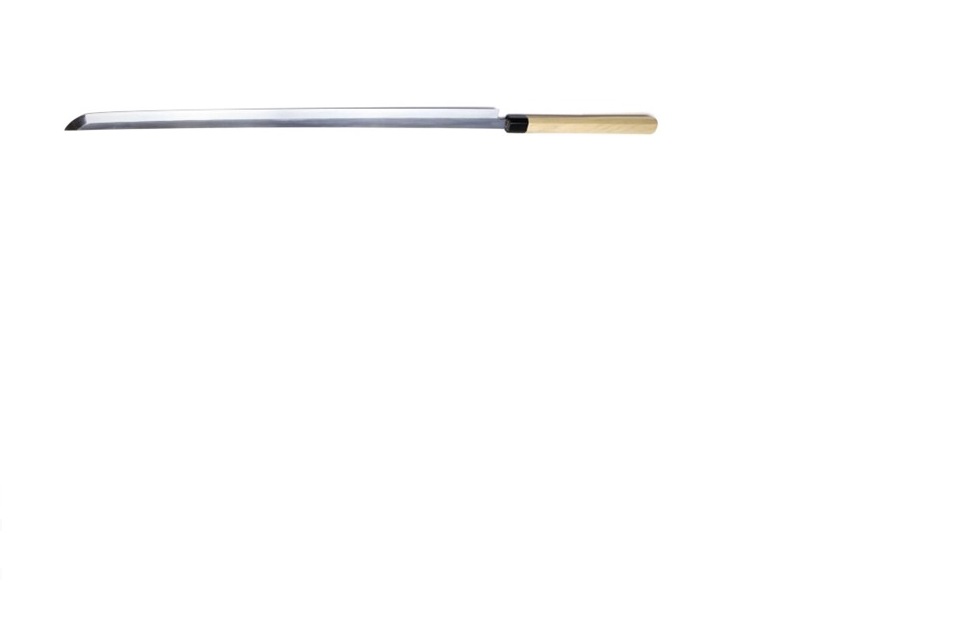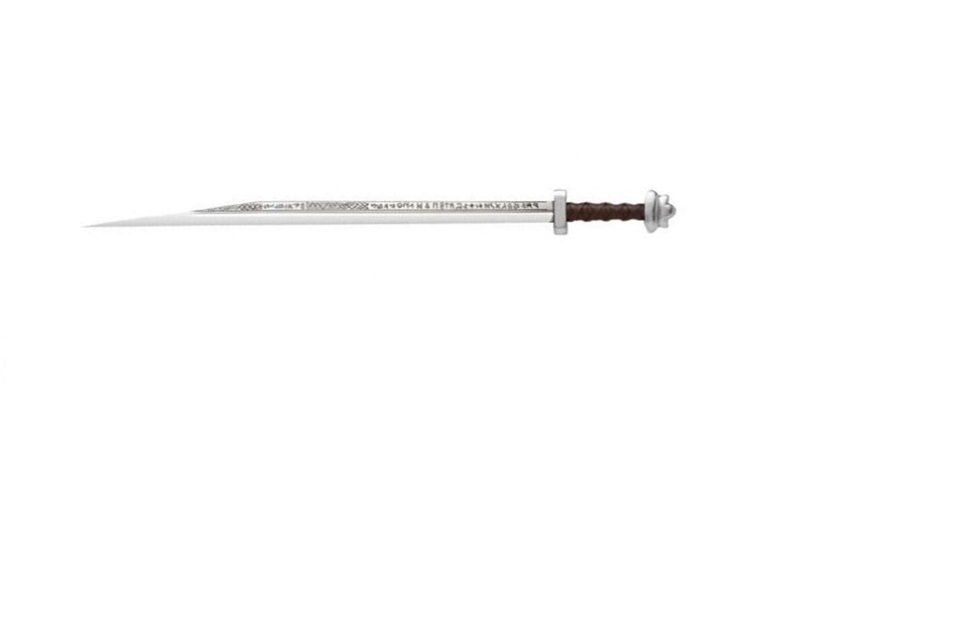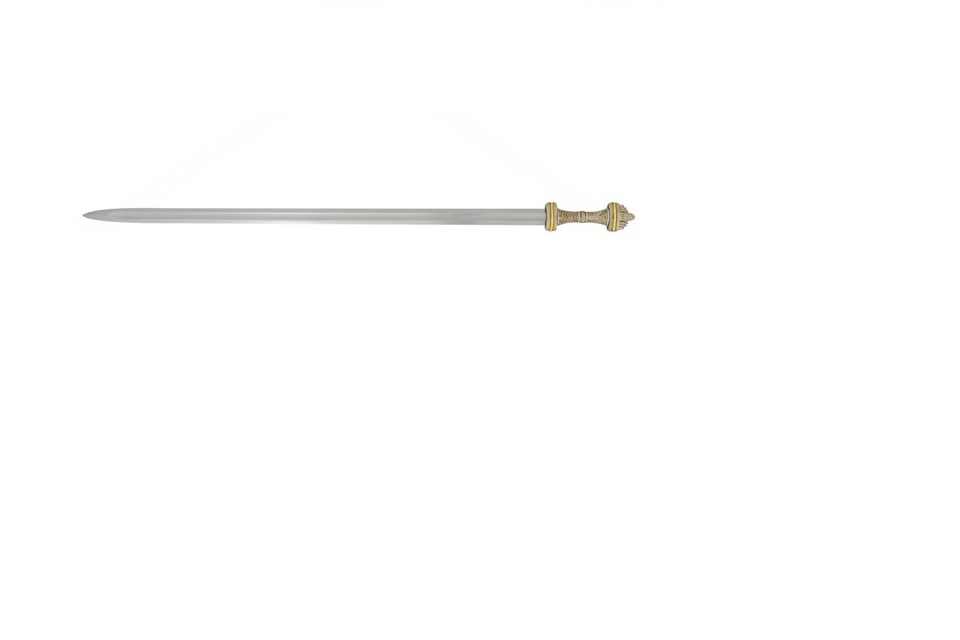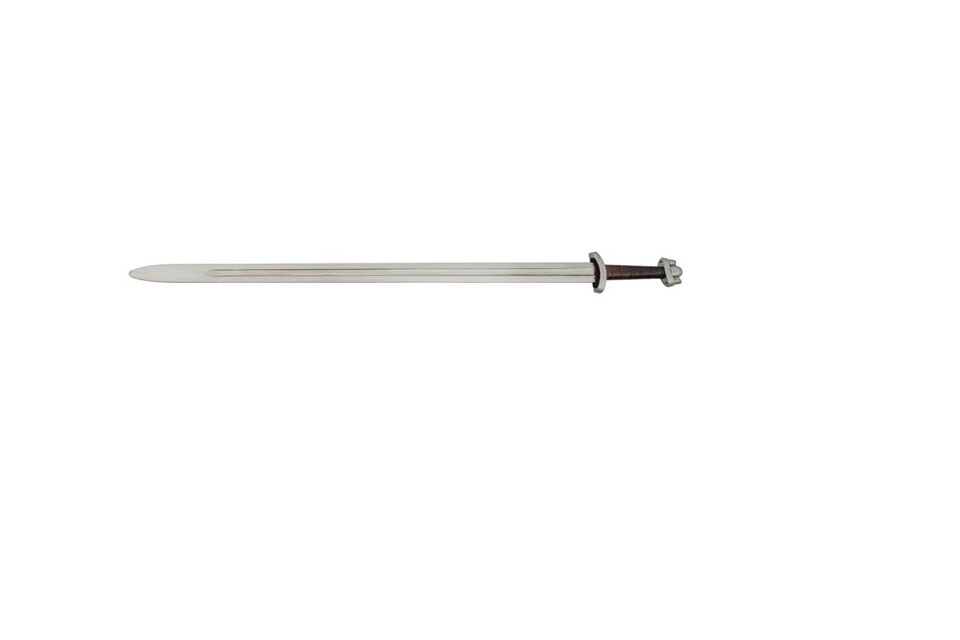3.
3.1. We want to ensure that our legal description of ninja swords serves two purposes. First that it captures ninja swords which are of concern to members of the public. Second, that it does not bring within scope of the ban swords and other bladed tools that are typically used for legitimate purposes.
3.2. There is not a precise historical description of what a ninja sword is. Ninja swords (Ninjato, Ninjaken, Shinobigatana) are used by modern Ninjutsu practitioners but there is an absence of antique examples, and the most popular design seems to have first surfaced in the 1950s. Due to the lack of a precise description, and the fact that different types of swords are being marketed in the UK as ninja swords, this creates the possibility that in an attempt to ban them, as an unintended consequence, a number of other bladed tools and other types of swords, including those that are used for legitimate purposes will also be banned.
3.3. There is a range of reasons why some swords should remain legal to own and use. We are aware that many members of the public own antique swords and swords of historical interest which are not antique. People also own modern swords as collectable items and there are also those who own swords for activities such as martial arts, fencing and re-enactment. Many British military swords have plain straight blades and are in the possession of service personnel or in the possession of family members of former service personnel when they are passed on. Furthermore, there are many machetes and long knives that are used as farming tools.
4.
4.1. We are aiming to provide as precise as possible legal description to the ninja swords that we intend to prohibit, and that our research shows, are marketed in the UK.
4.2. As outlined in paragraph 3.3, there are many legitimate uses of swords, which we do not intend to prohibit or restrict. As such, we have developed a description that looks at length of the blade, type of sharp pointed end and type of cutting blade.
4.3. Our proposed legal description of a ninja sword to be included in the prohibited list of weapons under Section 141 of the Criminal Justice Act is as follows:
A fixed bladed article with a blade between 14-24 inches (the length of the blade being the straight-line distance from the top of the handle to the tip of the blade) with:
(i) A single straight cutting edge; and;
(ii) A tanto style point - by tanto style point, we mean a point which is created by the main cutting-edge changing direction in a short (relative to the overall length of the blade) straight line, with an angle (between the primary long cutting edge and secondary short cutting edge at the tip) greater than 90 degrees and continuing up to form a point of less than 90 degree, where the secondary short cutting edge meets the spine. The secondary short cutting edge should not deviate in length more than 5% more or less than the width of the blade immediately after the hilt; or
(iii) A reversed tanto style point – by reverse tanto style point, we mean a point which is created by the cutting-edge changing direction in a short (relative to the overall length of the blade) straight line, with an angle (between the primary long cutting edge and secondary short cutting edge at the tip) less than 90 degrees and continuing up to form a point of greater than 90 degree, where the secondary short cutting edge meets the spine. The secondary short cutting edge should not deviate in length more than 5% more or less than the width of the blade immediately after the hilt.
4.4. A single cutting edge is a typical feature of a ninja sword. If the description included double-edged swords, it would bring into scope other types of swords that, as discussed in paragraph 3.3, we do not intend to prohibit.
4.5. A tanto point is the most common design found in ninja swords that are available in the UK market. To ensure that we capture future designs of ninja swords, we will also be bringing into scope of the ban ninja swords with a reverse tanto point. Our description may capture other single edged swords and tanto or reversed tanto knives and machetes, as an unintended consequence, such as specialised tuna knives and we are seeking views on whether there are more bladed articles that are likely to be banned as an unintended consequence. We are also seeking views on whether we should be providing defences for some of these bladed articles, such as tuna knives, and bladed articles with a tanto or reversed tanto point of other lengths will not be banned.
4.6. We are proposing a blade length of 14 – 24 inches in order to exclude from the ban common kitchen knives and traditional long swords, as well as most traditional daggers such as the Scottish Dirk. This description will also keep lawful swords which are longer such as the larger fish knives, for example specialised tuna knives, and longer straight bladed swords like traditional military swords.
4.7. We welcome views on whether the proposed legal description is sufficiently precise so it bans the ninja swords that are of concern to the public, whilst minimising the number of bladed articles that may be brought within scope of the description as an unintended consequence.
4.8. For illustrative purposes, we have provided a list below, with images, of swords that will and will not be prohibited under our proposed legal description:
Banned under new zombie-style knife and machete legislation
Serrated ninja sword (17.5” blade). This example will be banned by the zombie-style knife and machete legislation.
Blue ninja sword (18” blade). This example has been banned by the zombie-style knife and machete legislation.
(There are many other variations on the market in slightly different styles / colours etc. that will also fall under the zombie-style knife and machete ban)
Will be banned by proposed new ninja sword definition
This is the most common ninja sword design. Typically, they have a short, straight, plain, single edged blade of varying length (most commonly in the 17”– 24” range). Designs such as this will be banned by our new definition.
“Rainbow” ninja sword design (18.75” blade). This is similar to the sword that was used in the murder of Ronan Kanda and will be banned by our new definition.
Other items that will be banned by new ninja sword definition
We are aware that some specialised knives, such as the tuna knife below will be banned, as an unintended consequence, but shorter and longer tuna knives will remain available.
Maguro Bocho (Tuna Knife) (21” blade) – whilst examples between 14” and 24” will be prohibited shorter or larger examples will still be permitted.
Kitchen knives that will not be banned by the new definition
There are a number of kitchen knives with long blades which we do not intend to ban. This is why our definition of a ninja sword starts at 14” blade length and why we have set out the length range at 14-24 inches.
Kitchen knife (8” blade).
Maguro Bocho (Tuna Knife) (27.5” blade)
Straight swords that will not be banned by the new definition
There are a very large number of different styles of swords with straight or curved blades.
Modern functional copies of traditional swords are popular with collectors, martial artists (Historical European Martial Arts - HEMA) re-enactors, for ceremonial use (weddings etc) and sometimes for religious reasons.
There are also straight swords which are used for sports such as fencing.
Seax (23” blade).
This is an example of a typical Seax sword. The point is similar to the tanto point, however, it would not meet the criteria we are proposing for ninja swords because the straight line at the tip is not roughly the width of the blade.
Anglo Saxon sword (31” blade).
Viking sword (24” blade).

 www.gov.uk
www.gov.uk


